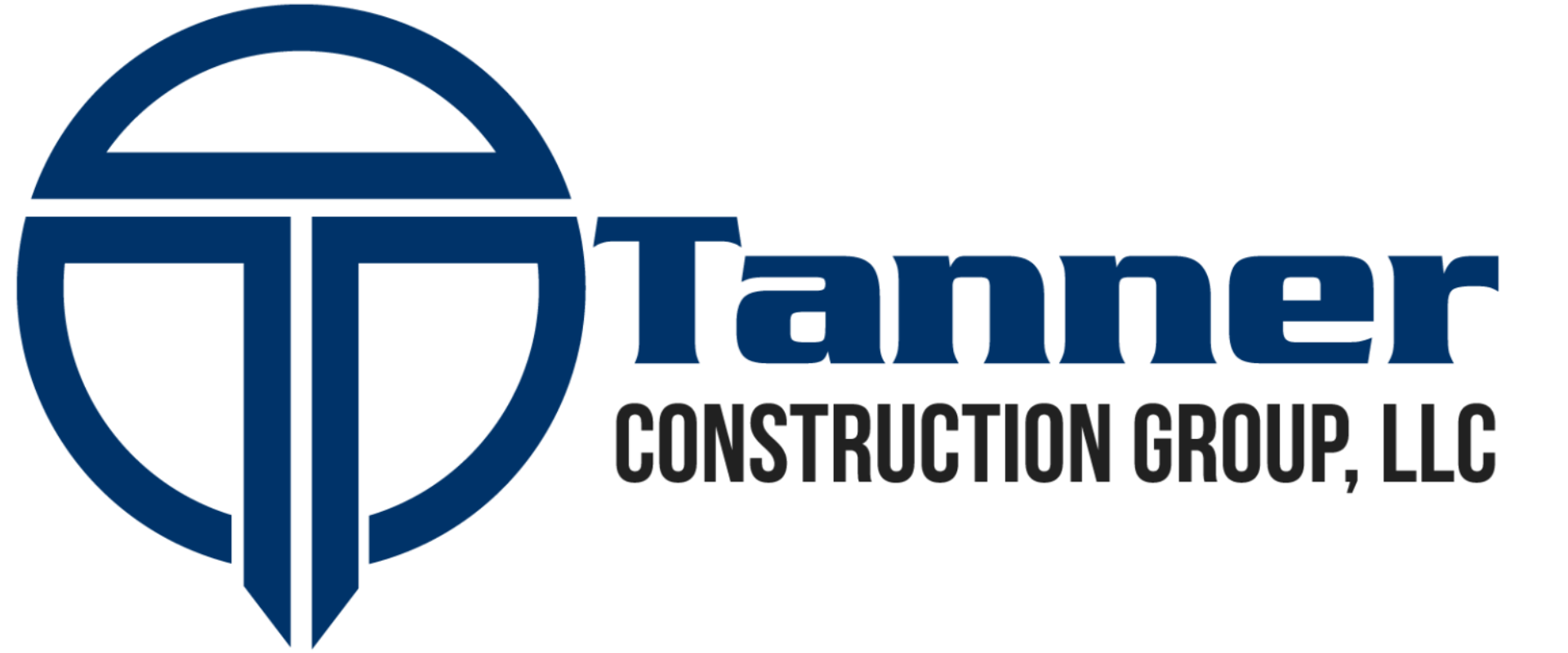Home and Space Transformation Blog
Insights and Inspirations from Tanner Construction Group

Contact Us
Call us at
(386) 418-0001
For Your Free Quote, Please provide your information below.
We will reach out to you as soon as possible.

The Ultimate Guide to Custom Home Building: From Concept to Completion
The Ultimate Guide to Custom Home Building: From Concept to Completion
Building a custom home is a dream for many, offering the opportunity to create a living space that perfectly fits your lifestyle and aesthetic preferences. Tanner Construction Group is here to guide you through this exciting journey, ensuring a smooth and successful process from initial concept to final completion. In this comprehensive guide, we’ll cover the key stages of custom home building, highlight the importance of working with experienced contractors, provide tips for selecting materials, and offer advice on how to ensure your new home meets your vision and needs.
Key Stages of Custom Home Building
1. Initial Design and Planning
The first step in custom home building is to define your vision. Consider your lifestyle, family needs, and future plans. Engage an architect or a design-build firm to create a detailed design that includes floor plans, elevations, and 3D renderings. This stage involves a lot of brainstorming and revisions to ensure your ideas are accurately captured.
2. Budgeting and Financing
Establishing a realistic budget is crucial. Work with your contractor to get detailed cost estimates and ensure all aspects of the project are covered, from design and permits to construction and finishing. Secure financing through a construction loan or mortgage, and always include a contingency fund for unexpected expenses.
3. Selecting a Contractor
Choosing the right contractor is vital to the success of your custom home project. Look for experienced professionals with a solid reputation and a portfolio of completed projects. Tanner Construction Group, with its extensive experience and commitment to quality, can be your trusted partner in this journey.
4. Obtaining Permits
Navigating the permitting process can be complex. Your contractor will assist in obtaining the necessary permits from local authorities, ensuring that your project complies with all zoning laws and building codes.
5. Site Preparation and Foundation
Once permits are in place, site preparation begins. This involves clearing the land, grading, and laying the foundation. Proper site preparation is essential to ensure a stable and durable structure.
6. Framing and Rough-Ins
The framing stage gives shape to your home. Walls, roof trusses, and floors are constructed, followed by the installation of essential systems such as plumbing, electrical, and HVAC. This stage is critical for ensuring that the skeleton of your home is sturdy and well-built.
7. Exterior and Interior Finishes
With the structure in place, work on the exterior finishes like siding, roofing, and windows begins. Inside, walls are insulated and drywalled, and flooring, cabinetry, and fixtures are installed. Choose materials that are durable and align with your aesthetic preferences.
8. Final Touches and Inspections
The finishing touches include painting, installing countertops, and adding final details like trim and hardware. Thorough inspections are conducted to ensure everything meets building codes and quality standards. Your contractor will also conduct a final walkthrough with you to address any last-minute adjustments.
Tips for Selecting Materials
Durability and Maintenance
Choose materials that are durable and easy to maintain. Quality materials may have a higher upfront cost but will save you money on repairs and replacements in the long run.
Energy Efficiency
Opt for energy-efficient materials and systems to reduce your home's environmental impact and lower utility bills. Consider insulation, windows, and appliances that meet high energy efficiency standards.
Aesthetic Appeal
Select materials that match your design vision. Whether you prefer a modern, minimalist look or a traditional, cozy feel, the right materials will bring your vision to life.
Ensuring Your Home Meets Your Vision
Clear Communication
Maintain open communication with your contractor throughout the project. Regular updates and site visits will help ensure that your vision is being realized and allow for timely adjustments if needed.
Flexibility
Be prepared for some changes along the way. Flexibility is key to managing unexpected challenges and making informed decisions that keep your project on track.
Quality Control
Insist on quality workmanship at every stage. Working with a reputable contractor like Tanner Construction Group ensures that high standards are met, resulting in a home that is both beautiful and well-built.
Conclusion
Building a custom home is a rewarding experience that allows you to create a space tailored to your unique needs and preferences. By following this guide and partnering with experienced professionals, you can navigate the complexities of custom home building with confidence. From the initial design and planning stages to the final touches, Tanner Construction Group is committed to making your dream home a reality.

Service Areas
Alachua County
Gilchrist County
Marion County
Columbia County
Union County
Bradford County






